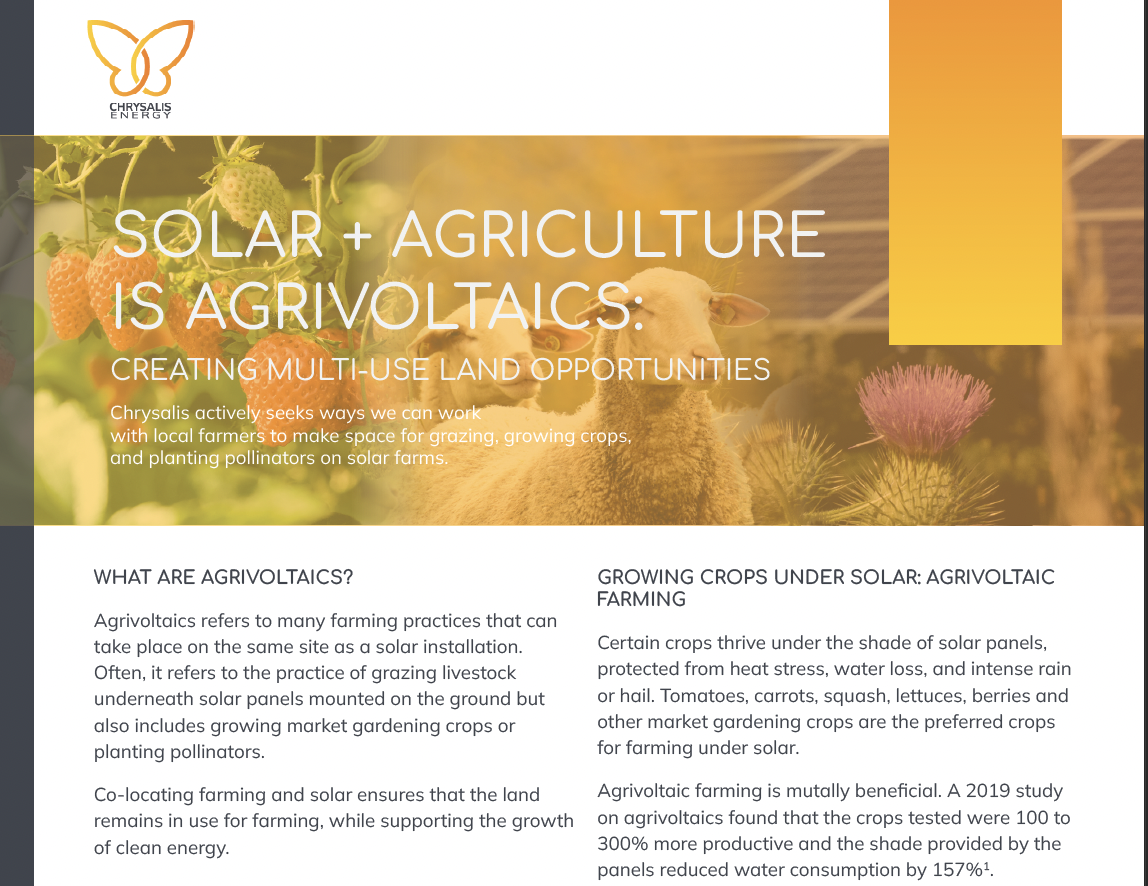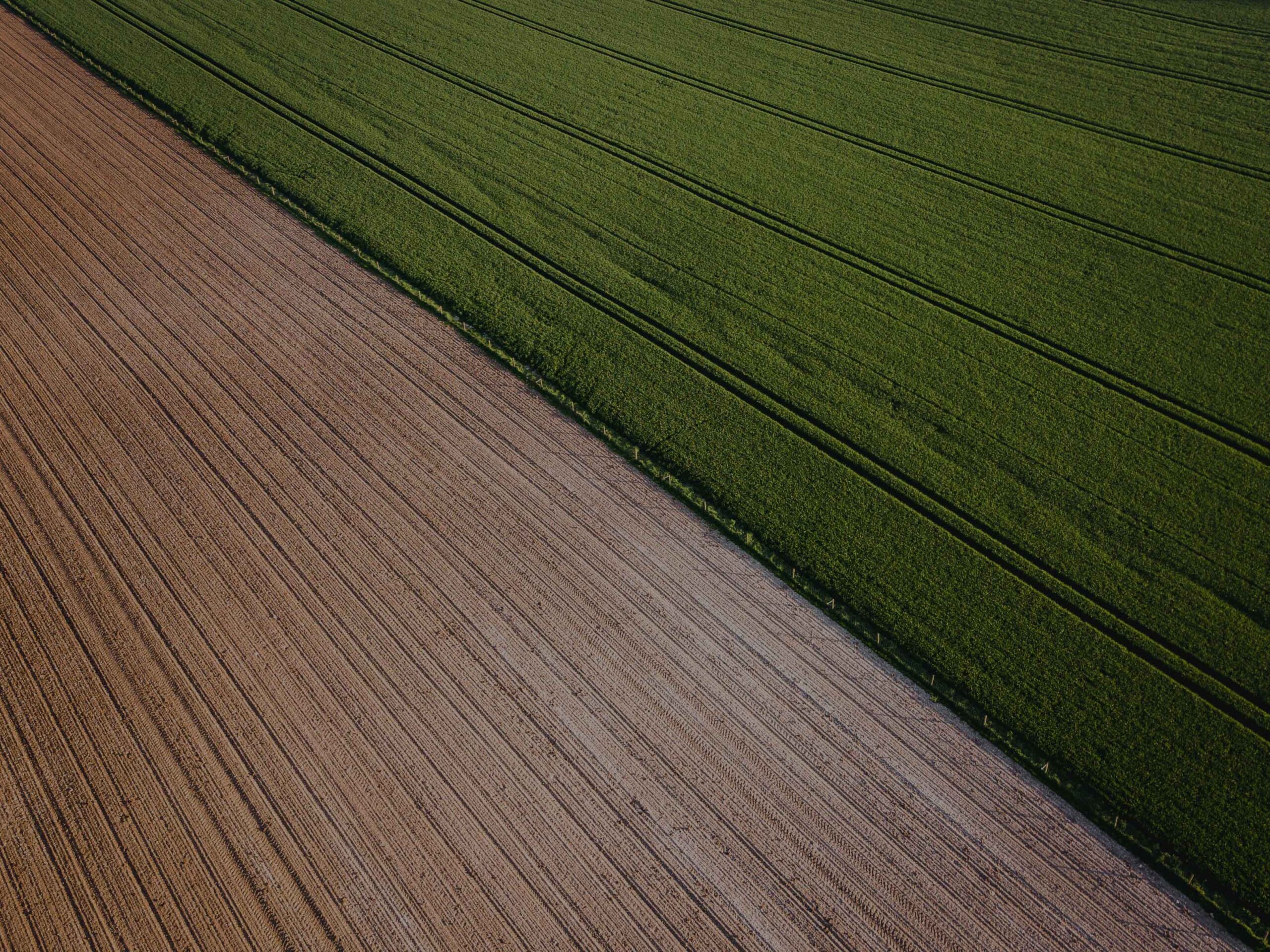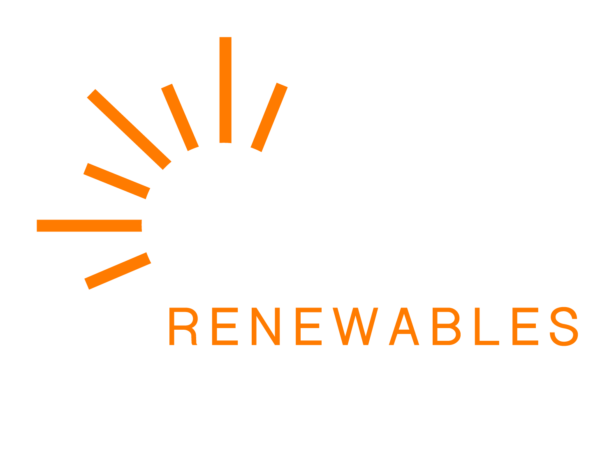How we get from Lease to Operational Solar Farm
Developing and building an operational solar farm requires strong, reliable partnerships and industry expertise to get from start to finish. The process can be broken down into three simple steps:
1. Selecting the Right Land
We work closely with landowners to help plan the location of the solar farm. We also take into account the terrain, water features, and other criteria, such as proximity to power lines, and substations.
2. Planning and Permitting
During the diligence period, our team works through the engineering and design processes to secure utility interconnection agreements and site plan approvals, which includes all environmental agency signoffs.
3. Building a Solar Farm
Active construction of the solar farm takes approximately six or more months. We work with you to minimize the impact of construction on your daily life and farming practices on adjacent land.
4. Operational Solar Farm
The solar farm can generate electricity to the grid for 25+ years. With recent improvements in technology, the lifespan comes closer to 40 years. During this time, there will be occasional site visits for maintenance, including snow removal and vegetation maintenance.
Multi-use Solar Farming
Whenever possible we work with local landowners to graze their sheep or grow crops underneath the solar panels. This preserves the land for farming and adds an additional source of income to the land.

Everything You Need to Know about Leasing Land
OYA Renewables has collected together everything you need to know about leasing land for solar. Browse our solar farm resources page or read through our information on land leasing.

FAQ About Solar Land Leasing
On average, terms for land leases are approximately 25 years, but this number varies depending on the region and the project. Developers may offer additional year extensions to landowners to the original lease term. During discussions about the lease agreement terms as well as what happens at the end of the lease will be reviewed.
Lease rates vary depending on several factors, such as the state you live in and how much power costs in your local jurisdiction. The solar programs that are available to be developed under will also have an effect on lease rates. Landowners can expect to be paid a competitive premium to the current value of the land.
Developers will consult landowners to ensure the solar farm will have a minimal visual impact. Typically, the visual impact tends to be the largest contention raised at municipal site plan approval meetings. There are many options available to minimize the site’s visuality, such as natural buffers (like a treeline) to help mitigate any potential visual impacts. Solar systems in general are low-profile structures and don’t pose any significant hinderance to visual sightlines.
Under the lease, the developer or its long-term ownership group will be responsible for the removal of all equipment and infrastructure associated with the solar farm. The costs of decommissioning are the responsibility of the solar farm operator and not the landowner. It’s important to discuss decommissioning terms during the lease agreement.







